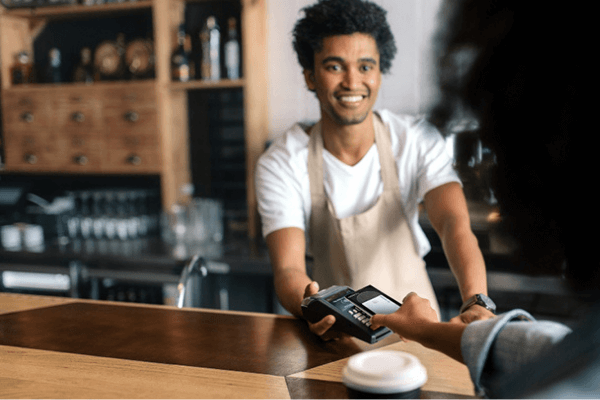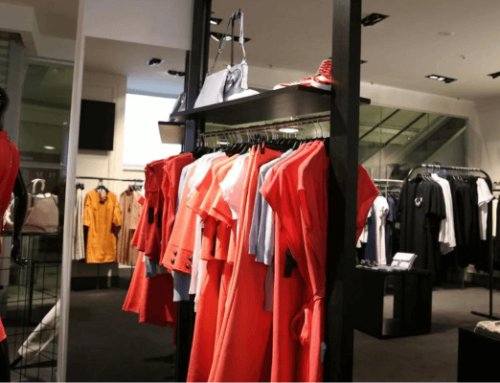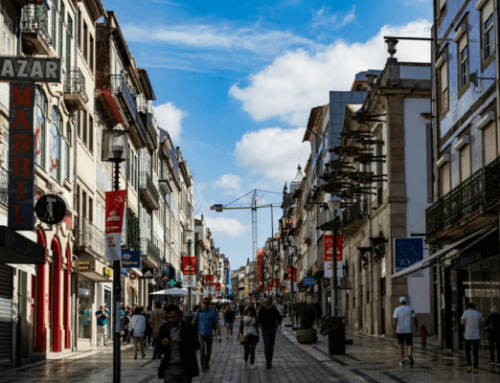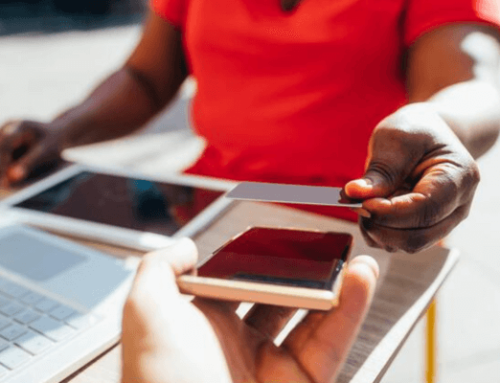
After so many changes brought about by the pandemic, what can retailers expect in 2022?
Although it's not a one-way answer, the trends point to a deepening and enhancement of the relationship between retailers and the customer through a technological offering that meets new consumer habits, such as the inclusion of the contactless the payment methods they offer and the integration between online and offline channels.
So, in detail, the major trends for Retail in 2022 will be:
Retail trends for 2022
-
Contactless payment methods
It's inevitable not to talk about means of contactless payment when it comes to retail trends for 2022.
Encouraged by governments and health officials, the contactless payments already represent, according to the latest reports REDUNIQ Insights on the panorama of transactions in Portugal, more than 67% of the total operations carried out in the Retail sector.
With contactless technology in full expansion in Portugal and around the world, by 2022 it will be essential for retailers to meet the new habits of consumers by providing them with means of payment suited to their needs, such as the Android payment terminal – REDUNIQ SmartTPA, which, in addition to accepting contactless payments by card, chip, MB WAY, Google Pay and Apple Pay, incorporates a set of management apps that help businesses with management and customer service.
-
Faster deliveries
Used to buying quickly and efficiently through the online channel, consumer expectations now point to same-day express deliveries, as is already the case with Amazon, Target and Walmart, companies that can deliver customer orders within two hours.
Although sending a parcel the same day you buy it isn't exactly a new concept, the truth is that this will become the norm by 2022.
Also in this field, experts predict that free delivery will become a decisive factor for consumers by 2022. Numerous studies point in this direction: the majority of consumers say they would like free delivery and a proportion of them say they would be willing to spend more on purchases to qualify for free delivery.
-
Online and offline integration
The various restrictions that have been in place over the last 18 months in traditional retail have led consumers to turn to e-commerce, which has provided them with a safe, convenient and fast way to purchase their goods and services.
If consumers are slowly returning to physical shops, the truth is that buying online has become a habit, which will force retailers to better integrate online and offline into their structures by 2022.
So next year, in-store experiences will necessarily have to be supported by digital and guided by data that must always be available to consumers on the web, on smartphones and in the physical shop itself. In this way, retailers will be able to digitally expand their physical presence while providing the personalised and connected experiences that shoppers want.
In both directions, in Portugal we find examples of this integration in the smart shops of Pingo Doce and Continente, which have no staff and allow the consumer to use their smartphone to load their physical shopping basket and pay at the checkout.
Native online shops specialising in clothing, such as Bonobos, Glossier or Warby Parker, started out online but have since launched and expanded their physical presence in recent years so that customers have a physical interaction with the product, which makes perfect sense in this retail category.
-
Personalise offers
Customers like to feel "special" and that means a personalised offer.
In order to offer a better shopping experience, retailers (online, offline and "mixed") should seek to process and analyse their customers' data to get a clearer picture and a better understanding of their customers' preferences.
In the online field, transactions, traffic, the degree of response to email marketing and interaction via social networks will become increasingly valuable tools for retailers to create targeted campaigns, personalised offers and customer-centric products and services, which can result in greater engagement with the brand and, consequently, more sales.
-
Sustainability
Transparency, values and ethics have never been more important to consumers. According to PwC's Global Consumer Insights Pulse Survey, 71% of consumers say they prefer to buy brands that align with their values, while 50% of consumers say they favour products that are "environmentally friendly".
In this field, retailers, especially those with their own brand, should endeavour to associate their company with social, environmental and political ideals that promote sustainability and the circular economy.
Some examples of how these ideas have been put into practice include initiatives associated with reducing plastic, encouraging consumers to pick up their orders in-store instead of home delivery, optimising routes by combining orders and planning locally for items with high variability in demand and centrally for items with low variability based on customer data.
This type of initiative helps generate trust, loyalty and a better relationship with consumers, employees and communities.


